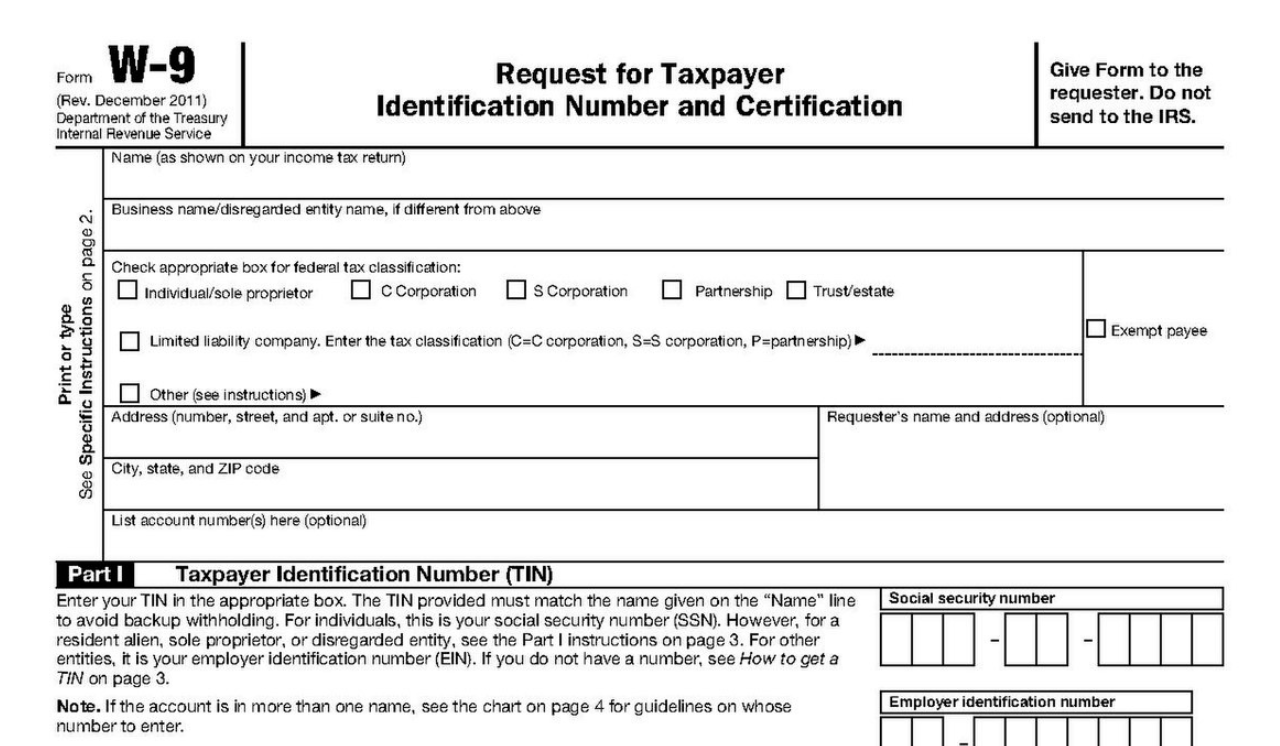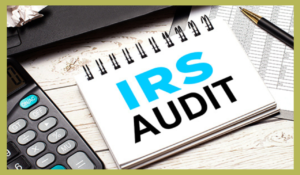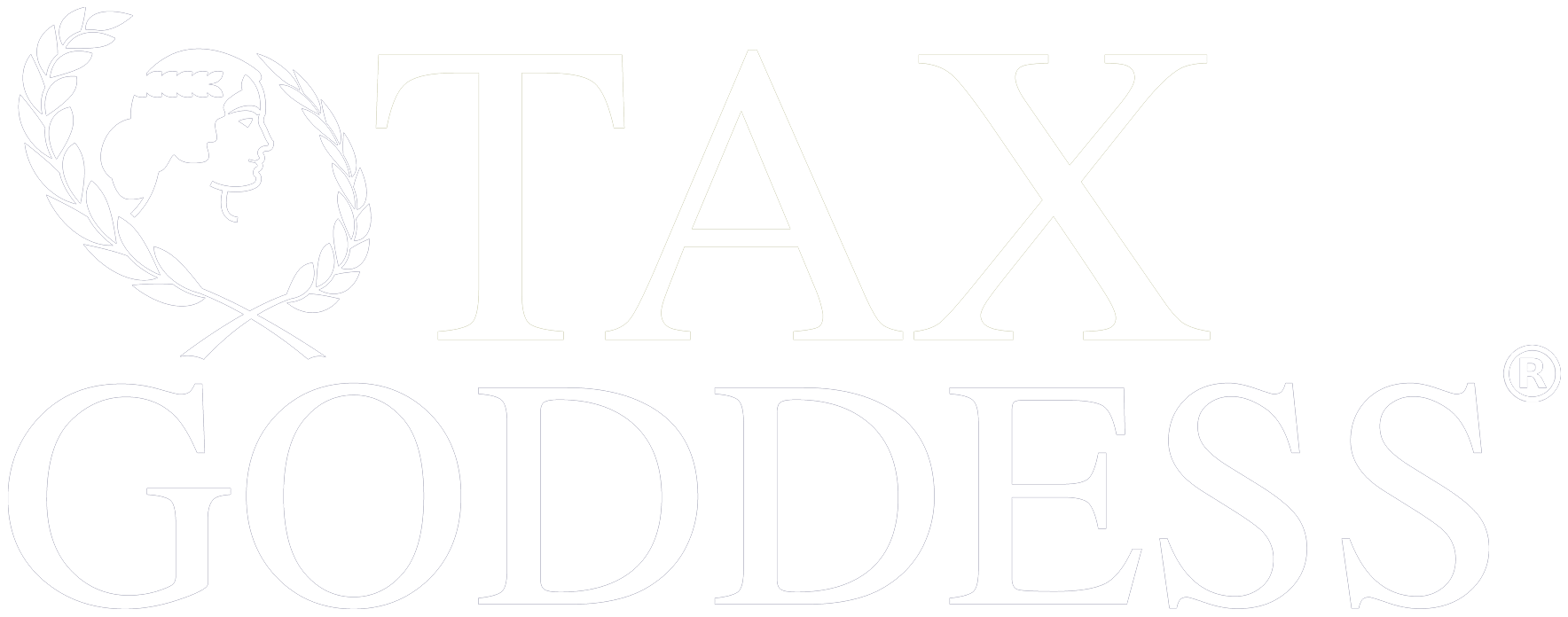“I don’t have to report my income to the IRS.”
This right here is one of the many tax myths that have landed independent contractors and small businesses in trouble. If you think you don’t have to report your income, then why do you have a Form W-9 Form? If you are an independent contractor and you’re paid more than $600 in a year by a business, you’ll need a W-9 form. But with all the hassle of filing taxes, why do you need form W-9 again? Read along and find out.
What Is A W-9 Form?
W-9, also known as Request For Taxpayer Identification Number and Certification, is a tax form used by businesses in the US to get tax information from independent contractors who are US citizens or US tax residents, irrespective of their physical location. Essentially, a W-9 Form is used to collect information.
Why Do You Need A W-9 Form?
Unlike an employee, an independent contractor (usually a self-employed person or a small business owner) with a W-9 status doesn’t usually have income taxes withheld from their payment. However, the IRS still wants to know how much the independent contractor received to ensure they report their income correctly. To be safe with the IRS, businesses need to file an information return through a form 1099-NEC when they pay a contractor over $600 in a year.
It’s up to the independent contractor to sort tax bills, usually through quarterly estimated tax payments for withholding and taxes due. Therefore, any tax bill related to the provided W-9 is the responsibility of the TIN holder listed on the W–9 form unless the taxpayer is subject to backup withholding.
What Is Form W-9 Used For?
Businesses use W-9 forms to collect information such as the Tax Identification Number or Social Security Number from non-employees or contractors they pay.
The information obtained on the W-9 form is mostly used to create a version of Form 1099. A W-9 form isn’t sent to the IRS; the requestor only uses the information to prepare a 1099 form. You may be asked to complete a Form W-9 if you:
- Received income within a tax year
- Paid interest on a home mortgage or student loans (to get a 1098 form)
- Acquired or abandoned a secured property (to get a 1099-A form)
- Had real estate transactions (to get a 1099-S)
- Who needs to collect and file
- Had a cancellation of debt (to get a 1099-C)
- Contributed to an IRA
Who Needs To Collect And File A W-9 Form?
Every business based in the United States that has contracted an independent contractor in the US must collect a completed Form W-9. Every independent worker in the United States must fill in the information returned through a Form W9. As an independent contractor, you don’t need to send this to the IRS. You only need to return it to the requester and keep a record of it.
In most cases, the IRS says a business should ask for a W-9 form if it is paying an independent contractor who meets the following criteria:
- The worker is not an employee
- The payment is part of a business transaction
- The annual value of the payment is at least $600
How Do I Get Form W–9?
You can obtain a copy online.
How often does a W-9 need to be obtained?
Form W9 remains valid unless there is a change in circumstances that renders any information on the form incorrect, such as a change in type of entity. However, a change in address does not require a new W-9
How To Fill Out A Form W-9
The most crucial information a business needs to collect on a Form W-9 is the Tax Identification of the independent contractor it pays. This could be a Tax Identification number, a Social Security Number, and, in some cases, an Employer Identification Number.
On top of your W-9 tax form:
- Write your name as it appears on your income tax return.
- Write the business name/ disregarded entity name if different from the above.
- Fill out the federal tax classification for the whose name is entered on line 1 and check only one box.
- Include any exemption code if applicable.
- Write the business’ address (Number, street, apartment number, or suite number).
- Write down the business’ city, state, and zip code.
- List account number (if applicable).
Part I
Enter your social security number or employer identification number
Part II
Sign and date your form
IRS W-9 Form Terms
While filling out your W-9 form, you may encounter some unfamiliar terminologies. Here are a few terminologies you’ll find on the form.
Tax Identification Number (TIN): this is generally your Social Security Number (SSN), but if you don’t have an SSN, it can be your Individual Tax Identification Number. A business entity is expected to complete the form using an Employer Identification Number (EIN).
Backup withholding: this is the percentage of income held back from a taxpayer’s payment received and is remitted to the IRS. It is the money sent to the IRS from income payments that otherwise would not be subjected to withholding. You may be subject to backup withholding when you fail to supply the correct Tax Identification Number or if the IRS believes you owe taxes and they can’t collect it any other way.
Exemptions: this section of your W-9 form is only applicable to certain entities and not individuals. If your entity is exempt from a backup withholding, you should enter the appropriate code found in the instruction section. Also, entities exempt from FATCA reporting requirements should enter the appropriate code found in the instruction section of the W-9 form.
Do I Have To Pay Taxes If I Fill Out A W-9?
Did you receive over $600 from a company in a calendar year? If yes, then you’ll have to pay taxes.
What is the difference between a W-9 and a 1099 Form?
While there are several 1099 forms, A 1099 form contains information about any income a taxpayer may have received that would not typically be listed on a W-2. On the other hand, a W-9 form simply collects personal information from the contractor before they start working for a business.
Is Form W-9 Different From From W-4 And Form W-9
Unlike a W-4 Form, which employees usually supply to direct employers to calculate tax withholding3, the W-9 form differs because the W-9 does not arrange for the withholding of any taxes due.
Although these forms collect much similar information, they represent different types of business relationships.
Form W-2, on the other hand, is more applicable to those in a traditional employer/employee situation. The W-2 form is what employers send to employees to provide pay records used to complete a tax return.
Still got huge tax bills? Book a free consultation with the Tax Goddess Team, and we’ll be sure to help you find ways to slash down your tax bills legally!








